Mediterranean: it is with this adjective - from the Latin "mediterraneus" - that we call the sea that bathes the lands of southern Europe.
Mediterranean is that characteristic climate - characterized by dry summers and mild winters - which embraces our lands.
Mediterranean is also a healthy and ecological, tasty and pleasant way of eating.
It is in the Mediterranean diet, a World Heritage, that we find, stuck and tangled, the roots of the food tradition of our peninsula and the juicy fruits of an inexhaustible research.
Ingredients and recipes typical of the coasts bathed by the "Mare Nostrum" have circumnavigated the world, arriving under the magnifying glass of experts who have studied their peculiarities.
The typical food tradition of the areas affected by the Mediterranean climate is based on a few foods - which are born in these places and wear the scars of these same ones.
It is strange how, in the frenetic search for new lifestyles, the Mediterranean diet remains a slow pillar; this way of feeding and acculturating through food, in fact, has survived, despite the great changes that have upset our tables, from the post-war period onwards.
The most powerful medicine we know has been handed down from mouth to mouth: correct nutrition, still illustrated today through a famous food pyramid, consists of all those typical foods of our fertile lands.
Olive oil, wine, bread, pasta, dried legumes, fruit, citrus fruits and vegetables (and the fusion and subscriptions of all of the latter) have dominated the wonderful typewritten cookbooks of our grandmothers , giving us that indelible imaginary abundance that characterizes Italian families and homes.

The olive oil and the Italian food and wine culture

Olive oil and bread
The Italian food culture tells us about grains and wines, oils.
These three elements have been blending in the celebration of taste for thousands of years.
On this immense stage, where we see years of slowness celebrated in glittering glasses and white plates, among variously leavened and baked breads, we forget the immense value that each of our dishes acquires thanks to olive oil.
There is still too little discussion of Italian olive oil; the olives, in fact, contain the history of our territory - as much as the grapes. However, little is dedicated to the dissemination of what characterizes this "noble fat" - anything but a mere condiment.
Brief history of the olive oil
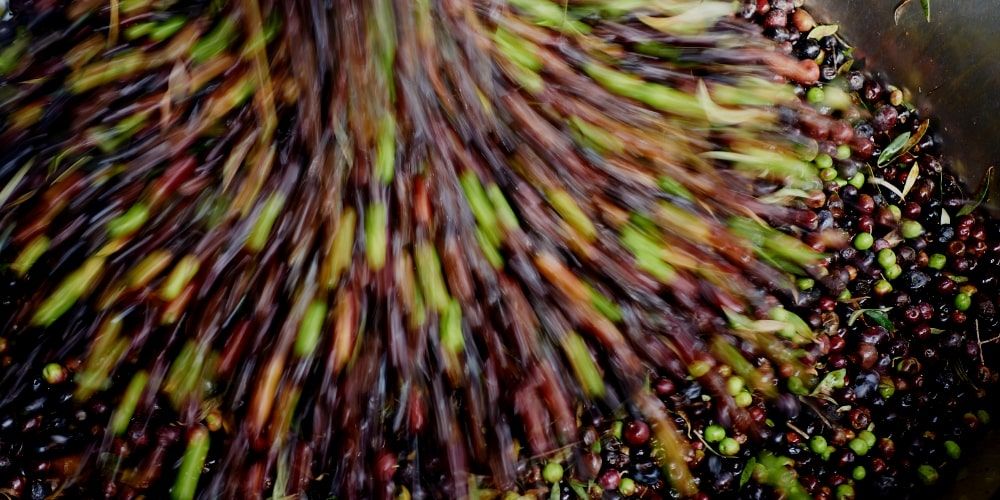
The olives, in a frame
The history of olive oil is very ancient; the first evidence of the multiple uses of this green gold dates back to 4000 BC.
First used as an ointment and antibacterial, then as a soap and condiment, olive oil made long journeys - from Asia Minor to Greece until it reached Italy in 1000 BC.
The olive tree, therefore, has walked in step with man for millennia; according to some sources, Olea europaea would be the first plant domesticated by man. We have evidence of the processing of olives from Latin writers who dealt with agriculture; among these, Columella describes the Roman oil mill.
However, the gray areas that characterize the long history of olive oil are very dense: crops are often abandoned in times of crisis and the Italian olive oil trade suffers sharp declines at various times in history.
Today much is known about the history of olive growing thanks to the immense work of study and reclamation of the marshy territories carried out by the monastic communities in the Middle Ages.
Five characteristics of a good olive oil

EVO oil and its characteristic scent
In front of shelves full of bottles of all kinds, we are often confused and disoriented when choosing a good olive oil. Yet, there are various parameters that allow us to classify a good olive oil; below, we have listed some of them, that is, the most decisive.
1. The acidity
The amount of free fatty acids determines the acidity of the olive oil, an attribute that viscerally characterizes its quality. An olive oil with a very low percentage of free fatty acids, in fact, is highly prized. On the contrary, a high percentage of free fatty acids indicates a compromised, poor, and not at all valuable oil. The lower the acidity, the better the quality of the oil.
2. The body and the density
A good extra virgin olive oil has a medium degree of density and body. This characteristic is often observed by running the oil on a spoon, observing it against the light.
3. The taste
The extra virgin olive oil must be slightly bitter and a little spicy. Then there are the hints, the aftertaste, the aromas that give the perception of a fruity - which varies according to the ripening of the olives, the selections, the cultivars, and the blends. The flavor can be fruity, bitter, spicy, sweet, round, and harmonious. To best taste the oil, and understand its most intimate secrets, you need to keep it in the mouth, between the tongue and the palate, for at least 30 seconds - to have a complete perception of all its characteristic flavours.
4. The smell
Extra virgin olive oil has a fresh taste, capable of suggesting the smell of cut grass, or almost: it must also have the characteristic scent of fresh olives. We can smell the pungent scent of the oil by holding the tasting glass between our lips and chin.
5. The color
The range of colors in which our EVO oil must remain goes from straw yellow to bright green. The color of the oil varies according to the state of ripeness of the harvested olive: when the harvested olive has a green colour, the oil will be more inclined to take on a greenish colour. If the harvested olive is very dark, or black, its oil will have a very characteristic yellow colour. The high-quality extra virgin olive oil, deriving from perfectly ripe olives, takes on purplish veins and hues. It is from this olive that a very precious oil is obtained - characterized by a bright golden yellow color, with a fruity scent. The tingling of this oil is unique and makes the quality of the oil identifiable on the palate itself.
The various types of olive oil
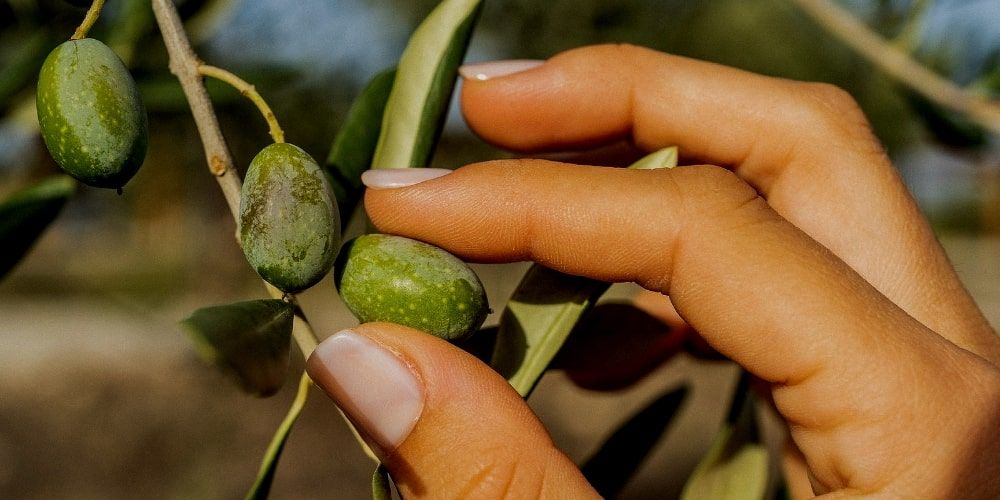
An olive in the hands of Leri, a farmer we interviewed
There are different types of olive oil, classified by the European Regulation (1989/2003); the categories, listed below, are discriminated based on the chemical, physical and organoleptic characteristics of the olives and oils and, again, on the basis of their manufacturing process.
The characteristics reported above constitute an important reservoir from which to draw in choosing the perfect olive oil for our palates and for the preparation of our dishes.
- Extra virgin olive oil is obtained by pressing the olives with mechanical or physical processes. It is not affected by any chemical manipulation. Its free oleic acidity is no more than 0.8%.
- Virgin olive oil is obtained by pressing the olives with mechanical or physical processes, without chemical manipulation. It is a qualitatively inferior oil to extra virgin olive oil. Its free oleic acidity is not higher than 1%.
- Olive oil is a mixture of virgin olive oil and refined olive oil. Its free oleic acidity is not higher than 1%.
- Olive pomace oil is composed of oils deriving from the treatment of olive pomace, i.e., the residues of olive processing (skin, pulp and crushed stone) and from oils deriving from other olives. Its limit free oleic acidity is 1%
- Finally, lampante oil is an oil that cannot be marketed or sold given the serious organoleptic defects it presents. Its free oleic acidity exceeds 2%.
Discovering the EVO Oil
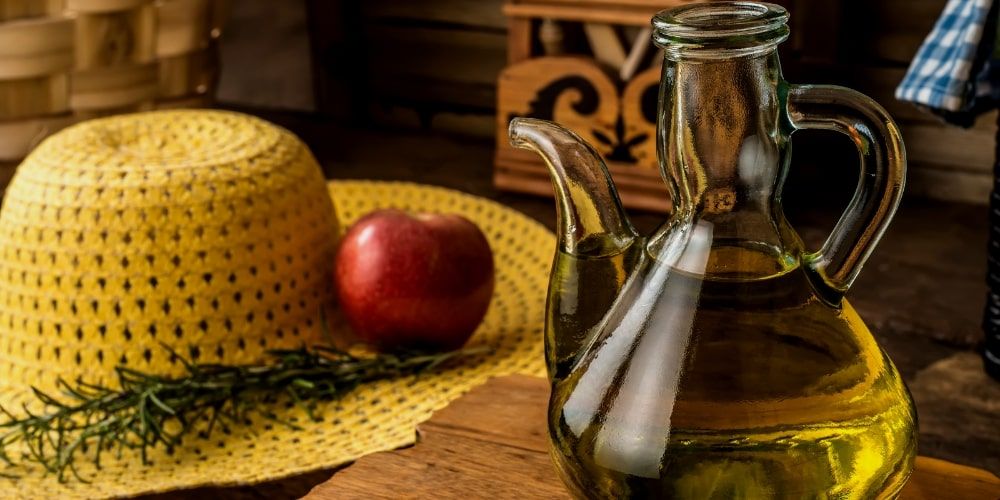
The EVO Oil, photographed in a farm
When we talk about EVO oil, we are undoubtedly referring to extra virgin olive oil, obtained from the pressing of healthy olives, which have never touched the ground.
Extra virgin olive oil is obtained using suitable and specific mechanical supports and is not subjected to chemical treatments or the addition of additives.
EVO oil is very precious, also given its very low percentage of free fatty acids. The acidity of the olive oil, in fact, determines its richness.
Extra virgin olive oil, cornerstone of the Mediterranean diet, has always been considered a real natural medicine.
Its chemical composition has beneficial effects on health, preventing and treating various pathologies and diseases, including diabetes. Finally, among the latest scientific research, a study by "Chemical Neuroscience" has established that oleocanthal - a substance contained in oil, guilty of the famous sting when tasted - reduces the onset of Alzheimer's.
The cultivars in Italy and the lordly Italian olive oil
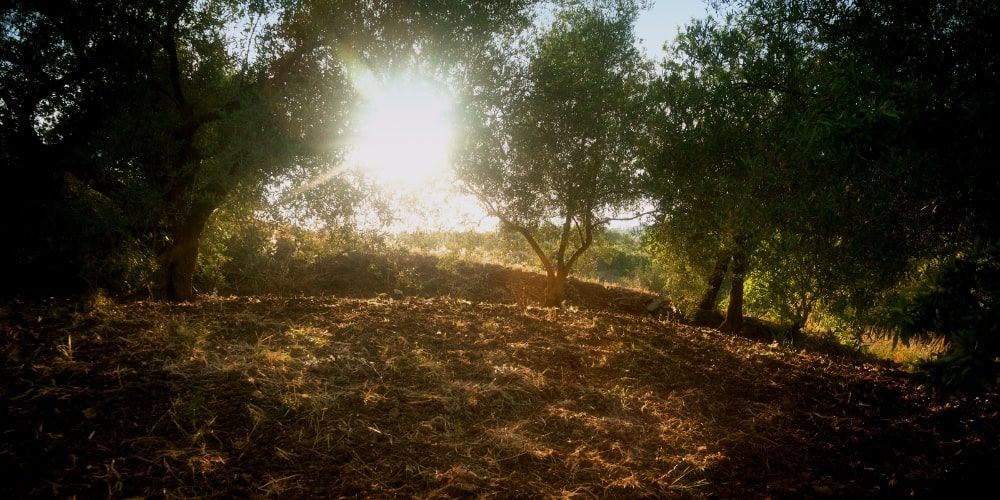
An Italian olive grove, photographed at sunset
A cultivar is an agricultural variety of a given botanical species.
In Italy, there are over 500 olive varieties, including Leccino, Frantoio, Moraiolo, Biancolilla, Coratina, Ogliarola, Moresca, Casaliva, Nocellara and many others.
The world production of extra virgin olive oil is concentrated in the Mediterranean basin.
Italy is the second largest producer of olive oil in the world, second only to Spain.
Italians are the first consumers in the world of extra virgin olive oil – a fat that gradually sees its consumption also grow in the rest of the world, year after year.
With redundancy the speech of Italian quality returns, which sees our country at the top, among all European producers of extra virgin olive oil.
There are now more than 45 recognized denomination brands: Terra di Bari, Toscano IGP, Val di Mazara, Umbria, Sicilia IGP, Valli Trapanesi, Colline Salernitane and many others.
The olive tree and its oil: between tradition and innovation
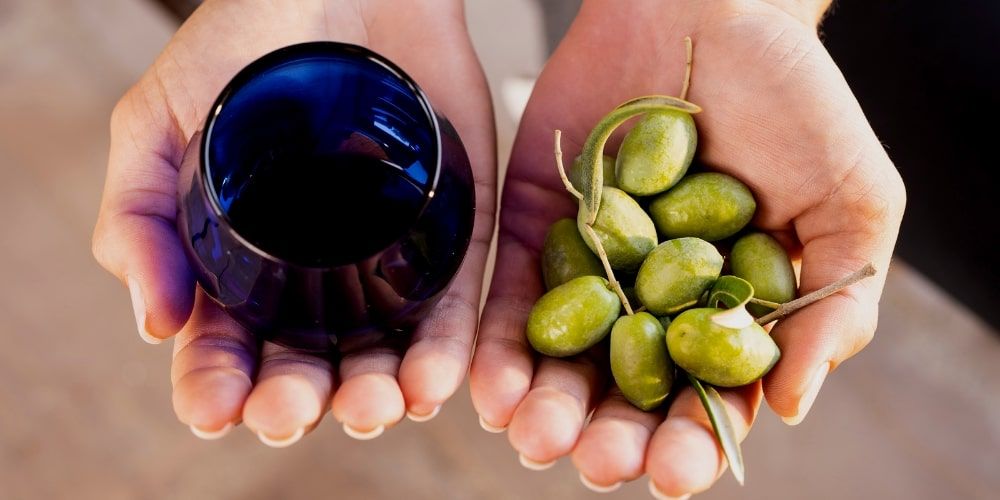
The olives, in the hands of Leri, during the harvest
Talking about EVO oil and the production of the highly successful Italian olive oil, between specifications and brands, is a mission as heavy as it is important.
Raising awareness of our food heritage, enclosed between the semantic and conceptual barriers of wines and savory dishes, also means talking about oil - not intending the latter as an exclusively accompaniment.
Oil is, wine is made, and, for this reason, it is interesting to talk about a love story - the one between the olive tree and our lands - which struggles to evolve, a prisoner of its own history.
Dialogue between generations

Leri and her olive trees
Time is the most important qualitative function of oil: wasting a moment, waiting too much or too little, could be fatal for our precious oil - characterized by unique and clearly distinguishable organoleptic and sensorial qualities.
Time is the same parameter that dilates the distance between generations of olive oil producers and buyers.
"The history of our oil must be protected, so that it can last forever" - says Leri, creator of "Evoleri", a cultural in-depth page concerning EVO oil - "I think it is necessary, however, to be aware of the immense power that research gives us, in building an increasingly in-depth knowledge of what is already an invaluable heritage.”
The young farmer seems to speak to us of an oxymoron, to all intents and purposes: is it possible to protect a tradition by renewing it?
“Yes - says Leri, while she travels the world to discover very precious oils and the qualities of the latter-“protection and innovation, as far as EVO oil is concerned, are two synonyms for me.
We can understand what passes through our hands, thanks to research; we have the precious possibility of being able to enhance the unique tastes of our land simply by carefully controlling the numerous organoleptic and nutritional variables that influence the nectar of our cultivars.
The oil is alive."
Respecting our olives
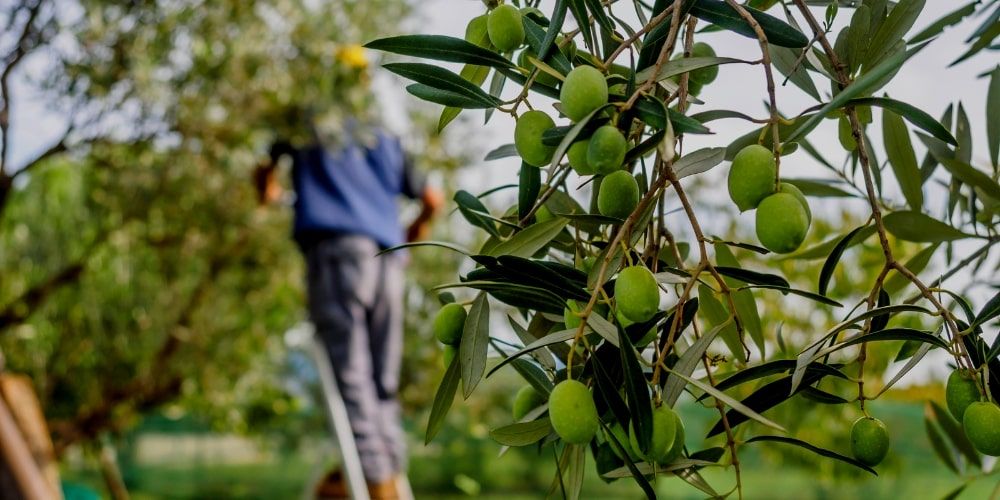
A farmer during the harvest
The one proposed by Leri, through his studies, is a real cultural revolution, which pricks our minds, as much as our palates.
“We are responsible for respecting our olives, even before they are bottled in splendid greenish bottles and then marketed” - reflects, again, the farmer - “the fortune of our olive growing depends on our culture, on a heritage that deserves care and that it should be shared with those who wisely buy a bottle of oil.”
Growing up among her mother's gardens, we can almost see a little Leri caressing every leaf of whatever vegetable happens to be under her in her hands.
“Only by knowing what is in our dishes, and not only that, will we be able to make the most of a gastronomic culture that has been built almost autonomously.
Do you think about it?” - she asks us, pouring the oil just produced in his olive grove.
"If we could make a better product, simply by using our awareness - by making everyone participate in an ethical and respectful mission: knowledge of the characteristics of a noble fat, of gold green of our history.”
Protecting our history
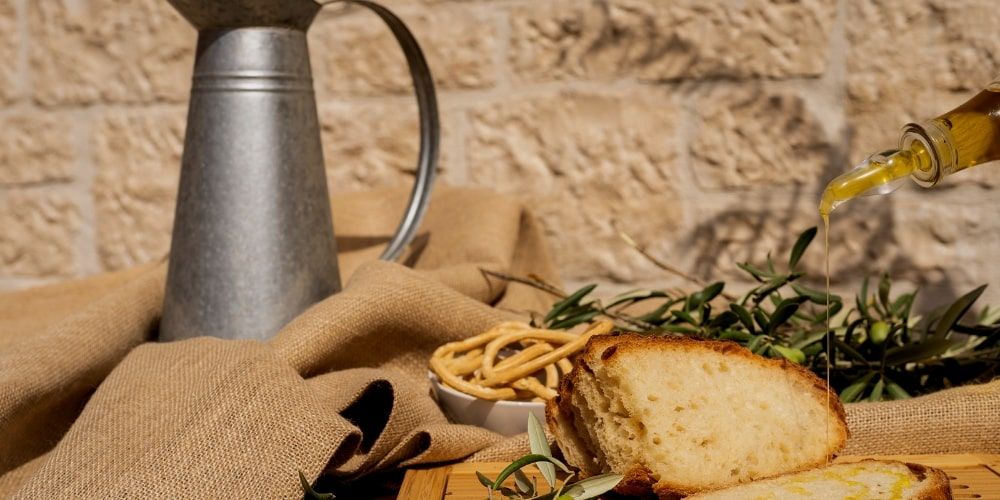
Olive oil and bread
The olive tree is a heritage of biodiversity to be preserved and defended: ancient techniques, scientifically incorporated knowledge, different cultures and traditions crystallize - going to build the fragmented puzzle of Italian EVO oil.
Olive growing is still today in the hands of small producers, who are grafted, together with their own olive trees, into marginal areas.
From generation to generation, knowledge is transmitted, unchanged, like watertight compartments, which never meet new and interesting scientific realities and research, with new frontiers of knowledge: we still hear talk of "oil" and not oils.
The lack of knowledge of techniques for perfecting the cultivation and harvesting of olives and the lack of communication between generations increasingly risks bringing olive oil into the shadows, together with its own sidereal tradition.
“You get little, often you lose, telling the truth – says Leri – “this oil has an enormous symbolic value which, unfortunately, interfaces with a weak material value.
This, sadly, results in an abandonment of the olive groves and the collapse of small local farmers.”
Rethink our culture
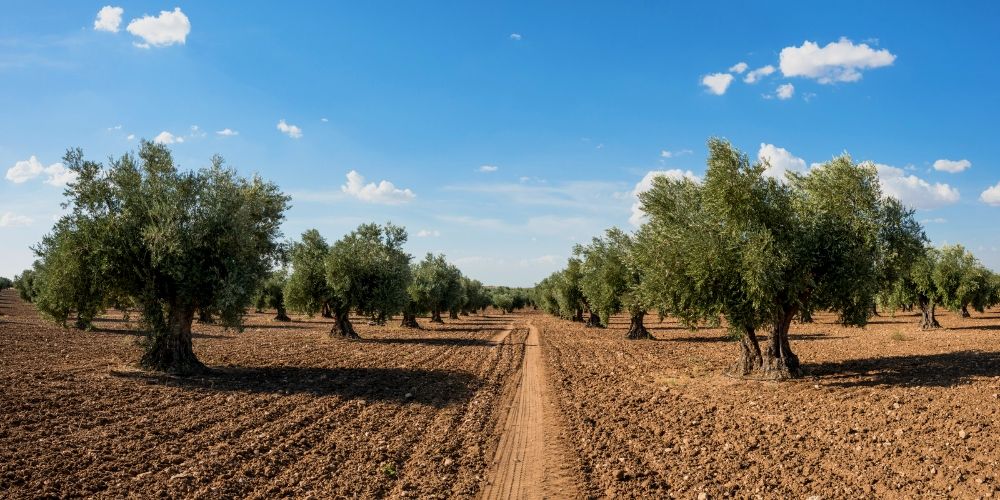
An olive grove
Research, hand in hand with individual and fragmented territorial traditions, can be precious, now more than ever, in the mission of enhancing this prickly gold.
Olive oil can help accelerate and broaden the coveted territorial development of abandoned rural areas.
The incessant scientific research aims at a reality in which olive oil is not yet another condiment, but rather represents the identity card of a tradition in progressive renewal and capable of real recognition.
Our olive trees can be an important material and immaterial resource, between endless symbolisms and realisms.
Italian olive groves can be resurrected and tell an unprecedented story.
We need a cultural revolution, driven by initiatives similar to that of "Evoleri"; let's speak of oil as we speak of wine.
About the author
Written on 09/03/2023

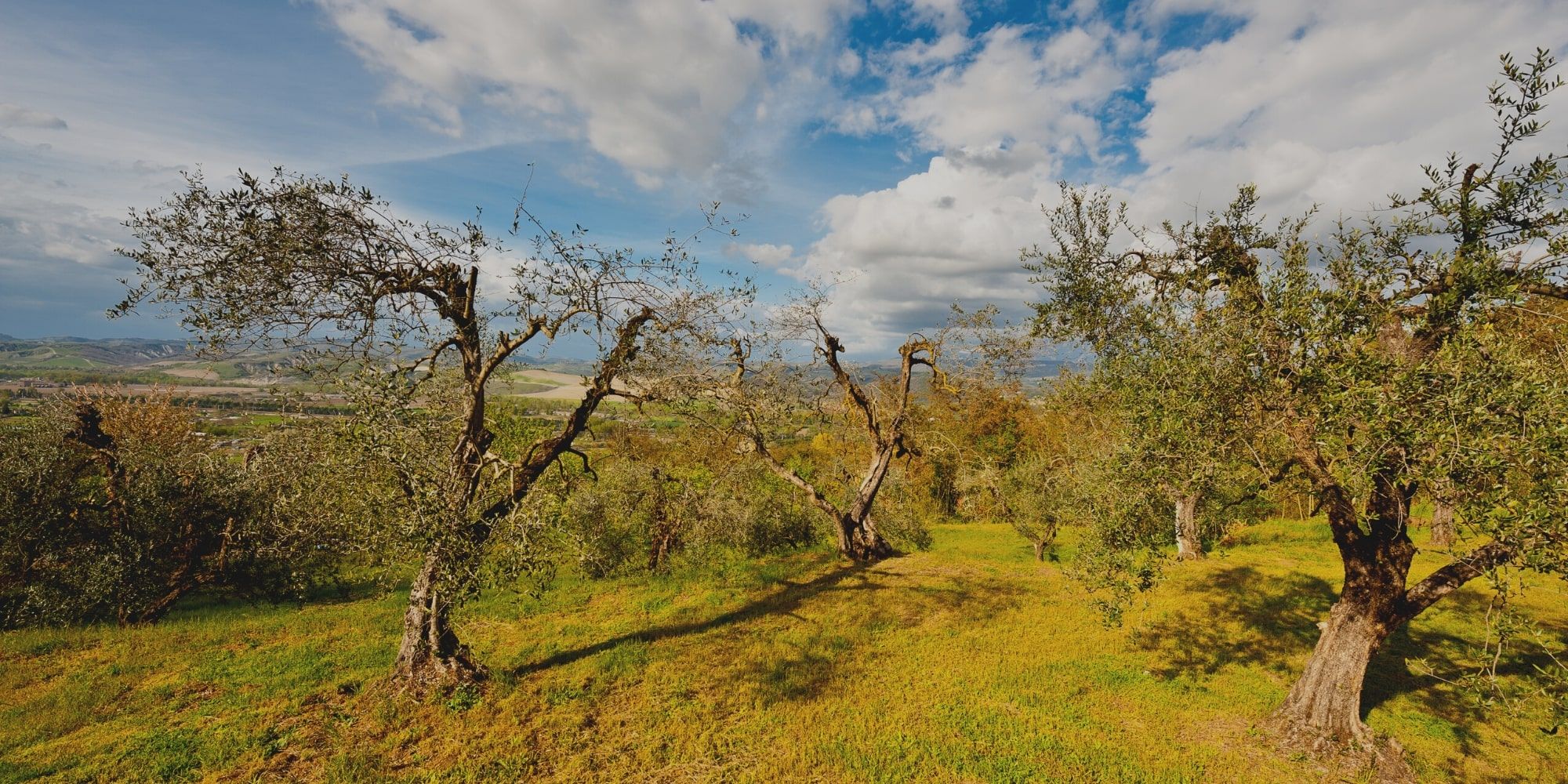

Teresa Borriello
Italian Olive Oil: let's discover the story of an undisputed protagonist of Italian gastronomic culture, between tradition and innovation.